There are many different types of art. Each has their own unique characteristics and techniques. It is quite popular for artists to diverge into multiple types of drawing, and I myself also merge into a few.
Here are some of the main types of art styles that can help you to better perceive the differences in the art world:
Realism
Realism is a style of drawing that attempts to accurately depict the subject matter in a lifelike way. This style is often used in portrait and landscape drawing.
Realistic drawings strive to capture the details of the subject, such as its form, texture, and shading. It is in a way that closely resembles the way the subject appears in real life.
Realism drawing is often associated with a focus on representation rather than interpretation. Realistic drawings may depict a range of subjects, including still life, landscapes, and portraits. Realism drawing can be created using a variety of mediums, such as pencils, charcoal, ink, or paint.
Realism is in the types of art movements that emerged in the mid-19th century in Europe, particularly in France, and spread throughout the world. It aimed to represent the world as it is, without idealization or romanticization.
Concepts such as underpainting were applied to this art form.
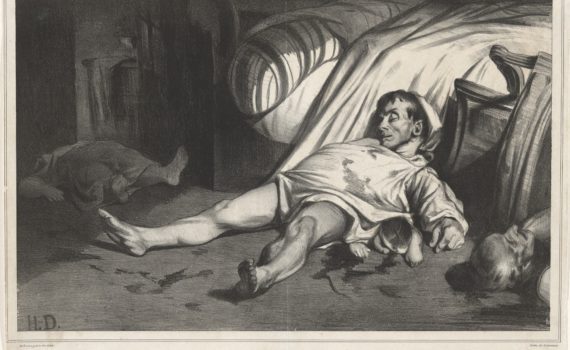
Realism was a reaction against the prevailing Romanticism of the time, which emphasized emotion, imagination, and individualism. Realist artists sought to depict everyday life, often focusing on the working class and the poor, and to provide a truthful and accurate portrayal of society and its problems.
History of Realism Drawing
One of the earliest and most influential Realist artists was Gustave Courbet. He declared that “to be able to translate the customs, the ideas, the appearance of my epoch according to my own appreciation; to be not only a painter, but a man as well; in short, to create living art—this is my goal.” Courbet’s paintings often depicted rural scenes and working-class life, and he was known for his rejection of traditional academic conventions.
Another important realist artist was Honoré Daumier (as in the photo above). His satirical and critical depictions of French society, especially its political leaders and corruption, were highly influential.
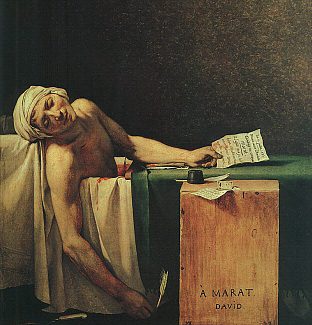
Realism spread beyond France and became an international movement, with Realist artists emerging in countries such as Germany, England, and the United States. In the US, Realism became associated with a group of painters known as the Ashcan School, who depicted gritty urban scenes and everyday life in New York City.
Realism continues to be an important and influential style in art, and has had a lasting impact on the way artists approach the representation of the world around them.
Cartooning
Cartooning is a style of drawing that emphasizes the use of exaggerated shapes and simplified forms to create a stylized and often humorous representation of the subject matter.
History of Cartooning
Cartoons as humorous drawings began to emerge in the 18th century. Artists such as William Hogarth in England and Thomas Rowlandson in France created satirical images of contemporary society. It was not until the 19th century that cartoons began to be published in newspapers and magazines on a regular basis.
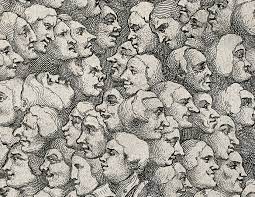
One of the earliest and most influential cartoonists was Thomas Nast, who worked for Harper’s Weekly in the United States during the Civil War era. Nast’s political cartoons were widely popular and played a role in shaping public opinion on issues such as slavery and corruption.

In the 1920s and 1930s, animated cartoons began to emerge, the first animated shorts featuring characters such as Felix the Cat and Mickey Mouse. These cartoons were popular in theaters and later on television, and they helped to popularize cartooning as an art form.
In the early 20th century, the first comic strips began to appear in newspapers, featuring characters such as Little Nemo and The Katzenjammer Kids. These strips were often humorous and lighthearted. However, they also dealt with social issues and provided commentary on contemporary society.
Today, cartooning is a thriving art form, with cartoonists working in a variety of mediums and styles. Cartooning is used for everything from political satire to children’s entertainment. It continues to evolve and adapt to new technologies and audiences.
Abstract
Abstract drawing is a style that is characterized by the use of geometric shapes, lines, and color to create a non-representational image that does not necessarily resemble any real-world object.
History of Abstract Drawing
One of the earliest abstract artists was Wassily Kandinsky. They believed that art should be pure and free from the constraints of the material world. Kandinsky’s early works were influenced by the Impressionists and Fauvists. However, he gradually developed his own style of abstract art, which he called “non-objective” art.
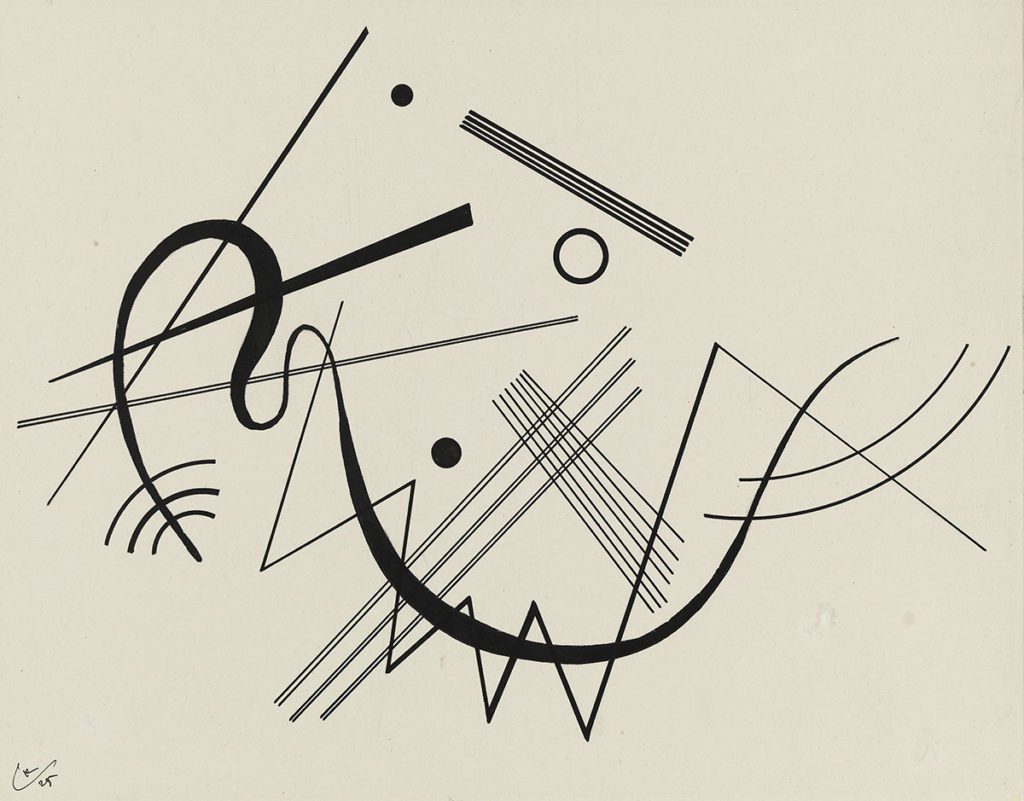
In the years following World War I, abstract art began to gain more recognition and influence, with artists such as Piet Mondrian and Kazimir Malevich creating works that were characterized by simple geometric shapes and primary colors.
Abstract art continued to evolve in the mid-20th century, with artists such as Jackson Pollock and Mark Rothko exploring new techniques and ideas. Pollock’s drip paintings, for example, were created by pouring and splattering paint onto a canvas laid on the floor. While in turn, Rothko’s large color field paintings were meant to evoke emotional and spiritual responses from the viewer.
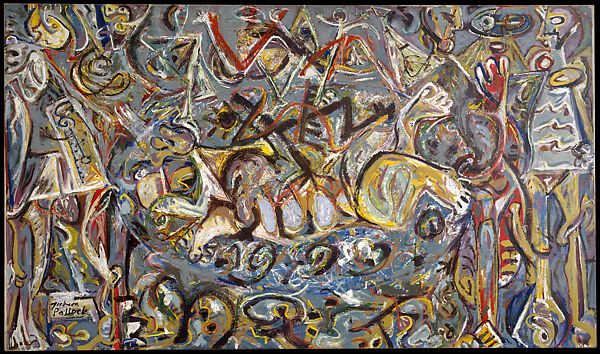
In the latter half of the 20th century, abstract art continued to be a major force in the art world. With artists such as Ellsworth Kelly, Agnes Martin, and Frank Stella creating works that explored the relationship between color, form, and space.
Expressionism
Expressionism is in the types of art that emphasize the emotional and psychological aspects of the subject matter, often using bold and dramatic brushstrokes to convey a sense of intense feeling.
History of Expressionism Drawing
Expressionism drawing is a style of art that originated in Germany in the early 20th century. It is characterized by a focus on the artist’s emotional response to the world rather than a strict representation of reality. Expressionism is often associated with a rejection of traditional artistic conventions and an emphasis on bold colors.
It is also known for exaggerated forms, and distorted perspectives.
One of the earliest and most influential expressionist artists was Edvard Munch, a Norwegian painter who is best known for his iconic work “The Scream”. Munch’s art was deeply personal and often dealt with themes such as love, death, and isolation.
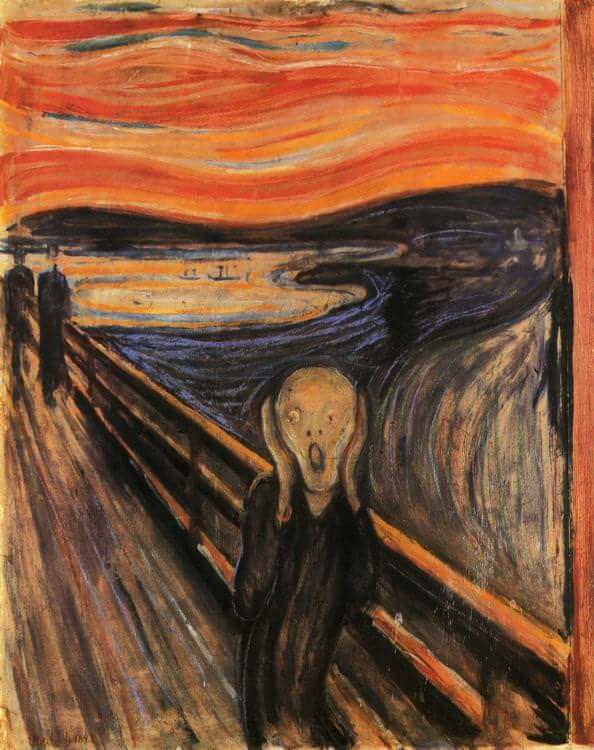
In Germany, the expressionist movement was led by artists such as Ernst Ludwig Kirchner, Emil Nolde, and Max Beckmann. These artists were interested in the psychological and emotional aspects of art. They sought to create works that would provoke strong reactions from viewers.
During World War I, the expressionist movement in Germany became increasingly politicized. Many artists began to use their art as a means of social and political commentary. The movement continued to evolve in the post-war years, with artists such as George Grosz and Otto Dix creating works that were critical of German society and politics.
Outside of Germany, expressionism had a significant impact on the development of art in other countries, including the United States. Artists such as Jackson Pollock and Willem de Kooning were influenced by expressionist techniques and ideas. Their work helped to shape the course of American art in the mid-20th century.
Surrealism
Surrealism is in the types of art that combine elements of reality with the fantastical or dreamlike, often creating unsettling and bizarre imagery. Surrealist drawing often features imagery that is illogical, absurd, or impossible, and it is characterized by a strong sense of symbolism and metaphor.
History of Surrealism
The surrealist movement began in Paris in the 1920s. Its members included artists such as Max Ernst, Salvador Dalí, and René Magritte. These artists were interested in exploring the unconscious mind, dreams, and the irrational.
They sought to create works that would challenge viewers and encourage them to question their perceptions of reality.
Surrealist artists often used techniques such as automatic drawing, in which the artist allows their hand to move freely across the paper without conscious control, as a way of tapping into their unconscious mind.
In addition to drawing, surrealism had a significant impact on other art forms, including painting, sculpture, and film. Surrealist artists often collaborated with writers and filmmakers. They create works that blurred the boundaries between reality and fantasy.

During the 1930s, the surrealist movement spread to other countries, including the United States. It had a significant influence on the development of American art. Artists such as Mark Rothko were influenced by surrealism, and their work helps to shape the course of American art in the mid-20th century.
Impressionism
Impressionism is a is in the types of art that focuses on capturing the fleeting impressions and sensations of a moment. It’s often using loose and gestural brushstrokes and a bright color palette.
History of Impressionism
The term “impressionism” was first used by art critic Louis Leroy in 1874. It was to mock the style of a group of artists who exhibited their works in a Parisian exhibition.
The group of artists included Claude Monet, Pierre-Auguste Renoir, Edgar Degas, Camille Pissarro, and others. They had a common interest in capturing the changing effects of light and color in their paintings, particularly outdoors.
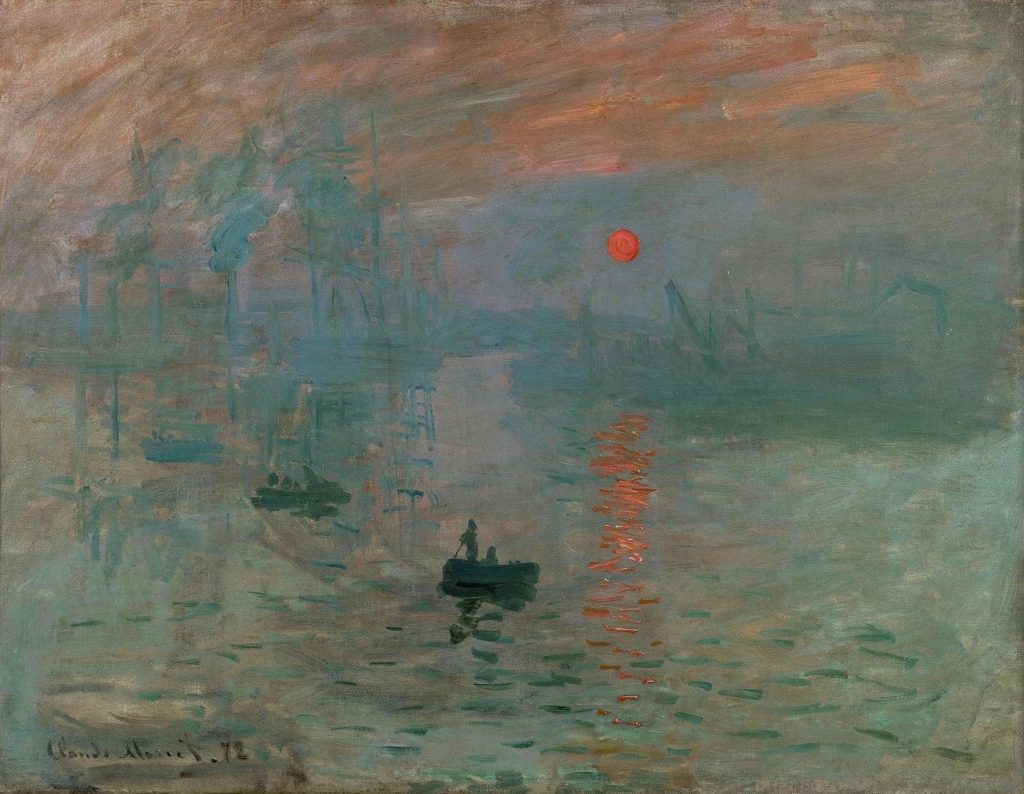
Impressionist artists sought to break away from the traditional style of painting, which emphasized realism and precise details. They used loose brushstrokes, bright colors, and bold compositions. This was in effort to convey the essence of a scene rather than its exact representation.
In their early works, impressionist artists often focused on landscapes and scenes of everyday life, such as street scenes and leisure activities. They experimented with new techniques, such as painting en plein air (outdoors), which allowed them to capture the changing light and colors of nature.
Manga/Anime
Manga and Anime are styles of drawing that originate from Japan, characterized by highly stylized, often exaggerated features and large, expressive eyes.
History of Manga and Anime
The origins of manga can be traced back to the 12th century. The emergence of picture scrolls called emakimono depicted stories and legends in a sequential format. This was with images and text arranged in a horizontal format.
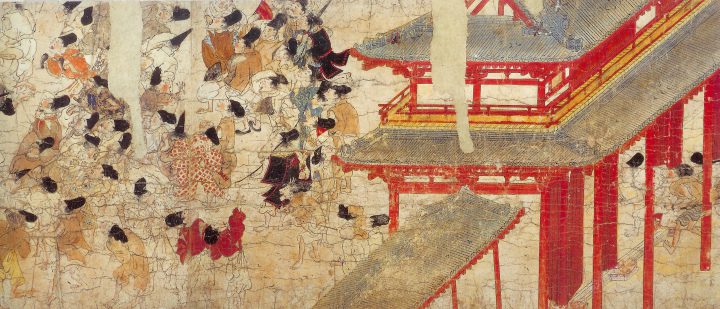
Over time, emakimono evolved into more complex and sophisticated forms, such as the ukiyo-e woodblock prints of the Edo period (1603-1868), which often depicted scenes from kabuki plays and popular culture.
The modern form of manga emerged in the early 20th century, with the work of artists such as Rakuten Kitazawa and Osamu Tezuka. Tezuka is considered the “father of manga” for his influential works such as Astro Boy and Phoenix, which combined elements of science fiction, fantasy, and adventure.
Manga gained popularity in post-World War II Japan, with the emergence of popular manga magazines such as Shonen Jump and Shonen Magazine.

Anime emerged as a popular form of entertainment in the 1960s. With the broadcast of popular series such as Astro Boy, Speed Racer, and Gundam, Anime gained a global following in the 1980s and 1990s. It then advanced to the broadcast of popular series such as Dragon Ball Z, Sailor Moon, and Neon Genesis Evangelion.
Graffiti
Graffiti is in the types of art that involves creating large-scale, often illegal, murals and tags. Using spray paint and other materials, it is often incorporating bold and stylized lettering.
History of Graffiti
One of the earliest and most famous graffiti artists was a man named Taki 183. He started tagging his name all over New York City in the late 1960s.
Soon after, other artists began to follow suit. Then, graffiti became a popular way for young people to express themselves and claim ownership of the urban landscape.
In the 1980s, graffiti began to evolve into a more complex and sophisticated art form. There was artists like Jean-Michel Basquiat and Keith Haring using graffiti-inspired techniques in their work. At the same time, graffiti became increasingly politicized, with artists using it to comment on social and political issues.
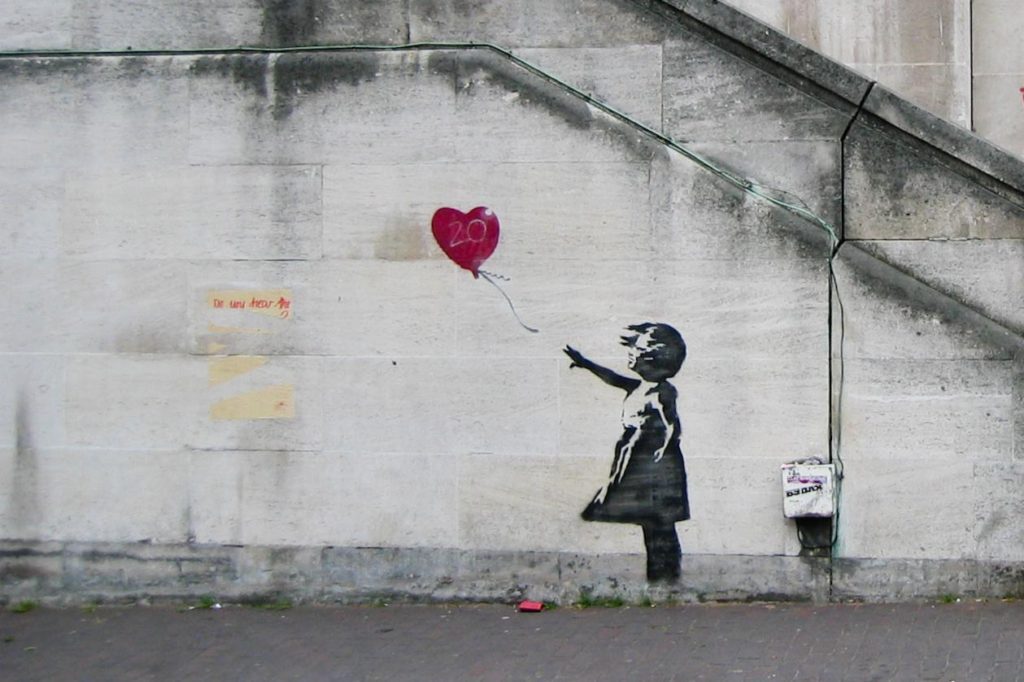
Throughout the 1990s and early 2000s, graffiti continued to evolve. Artists were experimenting with new materials and techniques, and taking their work to new heights. Graffiti murals became more common, and artists began to collaborate on large-scale pieces.
Pointillism
Pointillism is in the types of art that uses small, distinct dots of color. It is to create an image that appears to be a continuous tone or gradient.
History of Pointillism
It emerged in the late 19th century in France, and is closely associated with the Impressionist movement.
The technique was developed by Georges Seurat, who was looking for a way to create a more scientific approach to painting. He believed that by using small dots of color, he could create a more precise representation of light and color.
Seurat’s most famous work, “A Sunday Afternoon on the Island of La Grande Jatte,” is a prime example of pointillism. The painting is composed of thousands of small dots of color, which, when viewed from a distance, blend together to create a vivid, lifelike image.
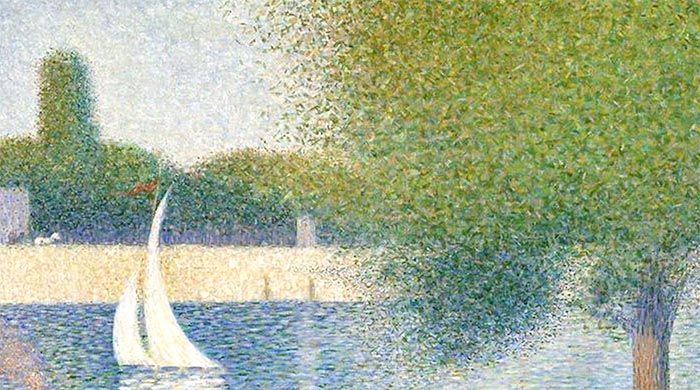
Seurat’s work inspired other artists to experiment with pointillism, including Paul Signac, who became a leading figure in the movement. Pointillism became popular in the late 19th and early 20th centuries, and was embraced by artists in Europe and the United States.

Despite its popularity, pointillism was not without its critics. Some felt that the technique was too limiting, and that it made paintings appear overly mechanical. However, pointillism remained an important influence on the development of modern art, and its legacy can be seen in the work of later artists such as Henri Matisse and Pablo Picasso.
Minimalism
Minimalism falls into the types of art that uses a limited number of simple shapes, lines, and colors. It is to create an image that is often very abstract and spare.
History of Minimalism
Minimalism was a reaction against the emotionalism and expressiveness of Abstract Expressionism. That was the dominant style of art in the United States in the 1950s.
Minimalists sought to create a new aesthetic that was devoid of emotional content. That focused on the essential elements of form, color, and material.
One of the key figures in the development of minimalism was the sculptor Donald Judd. He believed that art should be “specific objects” that exist in a physical space. Judd and other minimalists used materials such as steel, aluminum, and Plexiglas. This was to create geometric forms that were free from any symbolic or representational content.
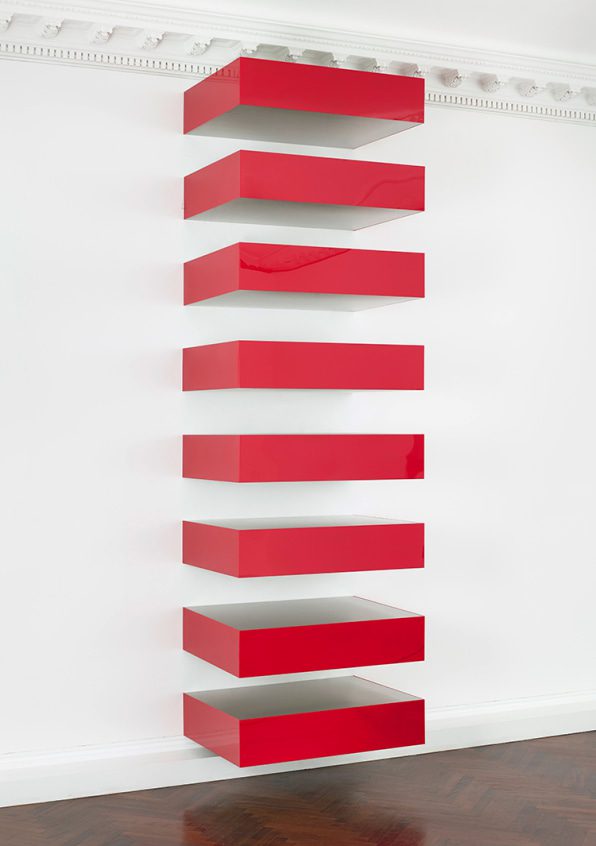
Another important figure in the development of minimalism was the painter Frank Stella. His early works consisted of simple, monochromatic stripes. Stella’s paintings were non-representational and focused solely on the formal qualities of color and shape.
Minimalism gained popularity in the 1960s and 1970s, and became one of the most important movements in contemporary art. The movement influenced other artists, including those working in fields such as music and architecture.

Comments are closed.